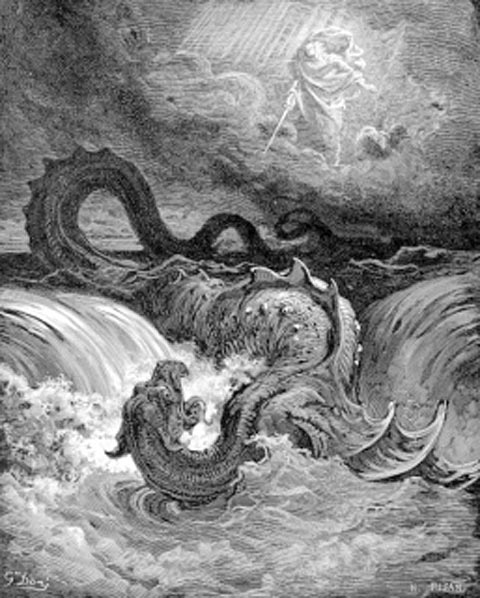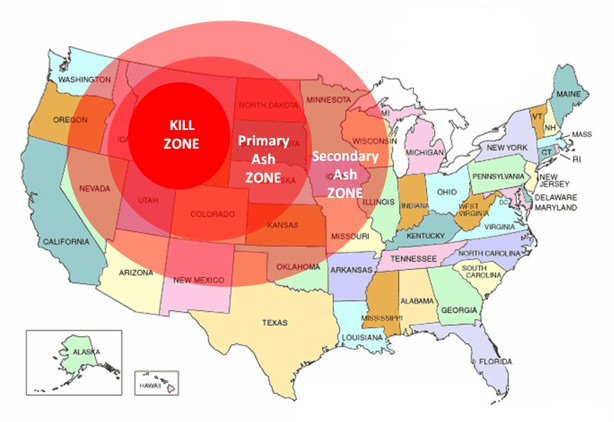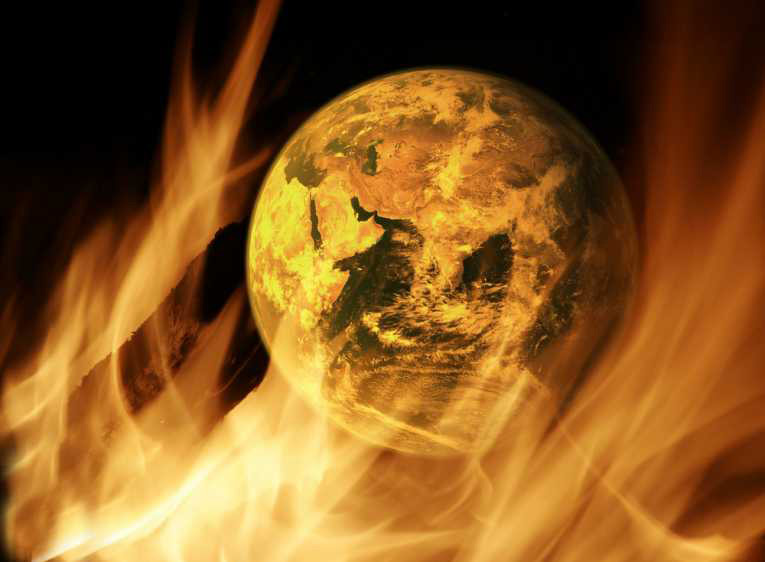
Monsters
The old Greeks imagined the rip current in the Straight of Messina (not, as erroneously mentioned in the broadcast, at the foot of the Rock of Gibraltar) as a monster and the gigantic whirlpool in its vicinity as well, naming them Scylla and Charybdis.
Throughout the Middle Ages, seafarers returned from far-flung voyages to unexplored parts of the world with stories of huge monsters, capable of swallowing even the biggest ships whole, such as the Biblical Leviathan and the Kraken of Norse mythology, creatures as big as an island, resting on the bottom of the abyss until feeding time or, in the case of theLeviathan, until the Day of Judgment.


At the root of these stories may be a monster whose proportions are quite unimaginable: the vast deposits of frozen methane on the bottom of the oceans known as methane hydrates. From time to time, some of it is released and rises to the surface, like bubbles in a swamp, except these bubbles can be easily large enough to engulf any vessel.
These occurrences have always been rare, but now the warming of the oceans as a result of the greenhouse effect is accelerating the thawing of these methane deposits. A 2013 article in the scientific magazine Nature states that a 50-gigaton methane burp is at any time highly possible in the Siberian Sea. A gigaton is one billion tons, in other words: quite a lot. When methane, a powerful greenhouse gas in itself, oxidizes (burns) it decomposes into the number one and two greenhouse gases: water vapor and CO2; 50 gigatons of methane equals 1000 gigatons of CO2, about 2/3 of the entire amount of CO2 released by humans since the mid-19th century. Therefore, the release of frost-bound methane will accelerate global warming even more, which will, in turn, speed up the thaw, and so on.
If that is not scary enough: there is another monster, a bit smaller, lurking under the Pacific Northwest. It is known as the Yellowstone Caldera. This monster was not created by human activity, but by a volcanic supereruption 630,000 years ago, which blew 240 cubic miles of ash and rock into the sky. It is basically a volcano some 40 miles in diameter, which sank underground in the eruption. The magma chamber underneath is thought to hold 960 cubic miles of mass.
 Between 2004 and 2008, the floor of the caldera rose nearly 3 inches each year, indicating mounting pressure in the chamber and making scientists and a good many other people a bit nervous. However, at the end of 2009, the uplift had slowed down markedly and although it has not stopped to date, scientists do not think there is any immediate danger of a major eruption. We can only hope that they are right, because volcanic activity is highly unpredictable.
Between 2004 and 2008, the floor of the caldera rose nearly 3 inches each year, indicating mounting pressure in the chamber and making scientists and a good many other people a bit nervous. However, at the end of 2009, the uplift had slowed down markedly and although it has not stopped to date, scientists do not think there is any immediate danger of a major eruption. We can only hope that they are right, because volcanic activity is highly unpredictable.
Luckily, Tucson is just outside the outer perimiter of the projected blast zone. We’ll be safe here, although there probably will be some adjustments in our life style.
A monster that is almost entirely of human making, is the Great Pacific Garbage Patch. Actually, there are two of them, one on the west side of the Pacific off the coast of Japan and another one one the east side between the California coast and Hawaii.

The patches are formed by gigantic whirlpools in the ocean, driven by the currents of wind and water, which suck in everthing that ends up in the water, which is, ultimately, everything. But mostly plastic. On average it takes a plastic bottle about 6 years to travel from where it was discarded to one of these two vortexes. The word ‘patch’ may make it seem like they are floating islands made up of plastic waste, but actually the larger part of the mass swirling about consists of microplastics, the fine grains into which plastic items decay. Those make the water milky, inhibiting light from penetrating under the surface and thereby causing trouble for fish and aquatic vegetation. The mass is literally immeasurable, because a lot of the debris floats between the surface and the bottom and the microplastics are too small to be detected by satelites.
But the biggest monster of all is, of course, global warming itself.

(Broadcast 4:19)

